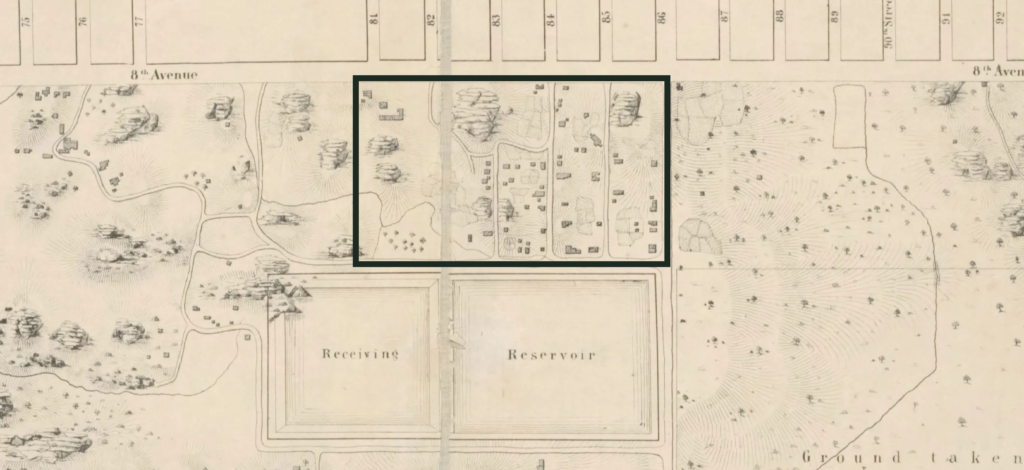Seneca Village
A free Black community in Manhattan.



Seneca Village was a predominantly African American community that existed on the outskirts of Manhattan in the mid-19th century. Despite facing discrimination and marginalization, the community thrived and grew to include schools, churches, and businesses.
Unfortunately, Seneca Village was destroyed in the 1850s to make way for the construction of Central Park, displacing its residents and erasing much of its history.

The Birth of Seneca Village
How it all began
Davis, on behalf of the AME Zion church, was looking for a burial ground, as John Street Methodist Church, a predominantly white church located downtown, was prohibiting Black people from being buried with their congregation. Davis bought twelve lots from Farmer Whitehead for $578, joining the community of early settlers in Seneca Village, including Andrew Williams.

Seneca village became one of the first communities of african-american property owners in the city.
The 1821 New York State Constitution granted the vote to Black men with at least $200 in real estate holdings, even as white men faced ever-fewer property requirements. Some Black New Yorkers seeking political rights looked uptown—where land was cheaper—to gain access to the vote. Seneca Village gave Black people an opportunity to own land and secure their freedom, and was a respite from some of the racism Black New Yorkers faced in Lower Manhattan.
Did you know?
As we've learned, black men could only vote if they had 200 dollars in real estate holdings.
How much you think that is today, in 2023?
The people of seneca village
Seneca Village was an integrated community
Irish and German immigrants co-existed with the Black villagers.
- black new yorkers
- irish immigrants
- non-black new yorkers

POPULATION IN 1855
Seneca village
66.7
33.3
New york city overall
1.5
98.5
Lorem Ipsum
As evidenced in US Census and church records, the residents of Seneca Village attended churches together. Their kids went to school together. The villagers created a community that was a pioneering idea for other communities of integrated living.
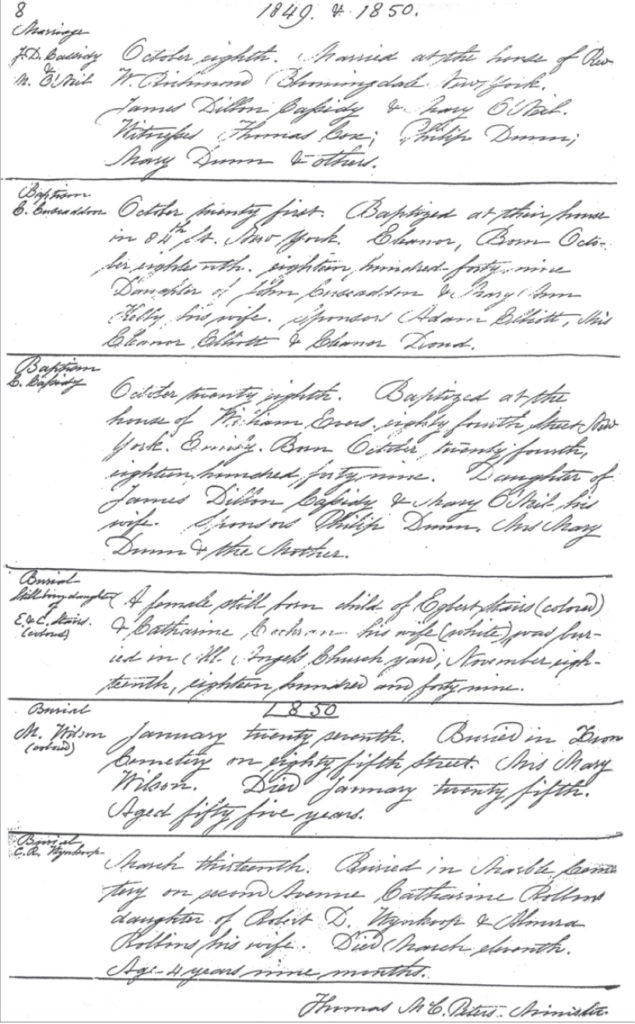
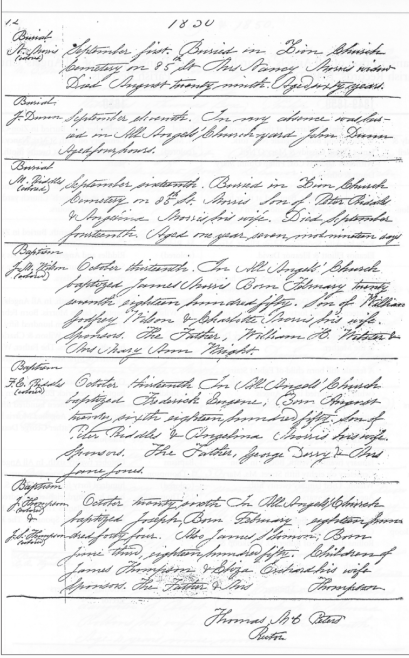
while the men, women, and children of Seneca Village lived full and meaningful lives, many of their stories were not preserved for us to learn from today.

Archaeologists, sociologists, historians, anthropologists and genealogists are still uncovering new information about the residents of Seneca Village, but our current knowledge is very limited. What we do find, however, is evidence of middle class men and women forging ahead to create a life for themselves in the turn of the 20th century.


- Williams Family Legacy
- Eliza Webster
Williams Family Legacy
In Sept 27, 1825, Andrew Williams purchased three lots from John Whitehead for $125 ($3811 in 2023). He was African American and an early settler to Seneca Village and stayed there near the end of the community’s existence. Not formally educated, he was a shoe shiner and a cart man by trade. However he had an entrepreneurial spirit and was committed to seeing his family and community thrive. When the city was paying families to leave Seneca Village, Williams protested his offer. He ultimately did not win and accepted the $2,335 ($71,191 in 2023) offer made on his property. He had valued his property at around $4,000 ($121,954 in 2023). After the displacement of Seneca Village, Andrew Williams took his family to the Newton neighborhood of Queens. The Williams family eventually migrated to California. Historians Celedonia “Cal ” Jones and Cynthia Copeland were able to trace Ariel Williams, the great great great great granddaughter of Andrew Williams. They discuss the history of Seneca Village and the legacy of Andrew Williams. The video is called Seneca Village: The Williams Family Legacy.
Eliza Webster
Eliza Webster was born in New York around 1819, but not much is known about her family and childhood. In 1850, census records show that Eliza lived downtown in the city’s Fifth Ward. The ward was integrated and had a Black community sometimes referred to as “Little Africa.” Many African-Americans in the early 19th century lived in working-class wards. Other records like the 1850-51 Doggett’s directory show Eliza listed as the widow of John A. and doing “washing” at 11 Anthony Street.
Another notable resident in her building was her soon-to-be-husband George, whose employment was listed as selling oysters at 161 Church St. The area nearby had a coal yard and sugar refinery, which may have not provided the best physical environment. What quality of life could one have with smoke coming out of factory chimneys? In addition to the smog, how would it feel to constantly have to wipe off a coating of coal residue? While sugar is sweet, it doesn’t smell well as it’s being refined. Living in an industrialized area is something that should be avoided if you can. Over time, these conditions take their tolls on residents’ respiratory health
In 1855, Eliza lived in Seneca Village with her second husband Geroge, and four children and is not listed as employed. They occupied one of the larger houses in the area, a two-story house valued at $3,000 ($104,081 in 2023). If they were AME Zion members, they may have been motivated to move uptown with their church. The AME Zion church expanded into Seneca Village in 1853, and both George and Eliza were not listed as members of other churches in Seneca Village.
After the razing of Seneca Village, Eliza and her family returned to the Fifth ward where records show a baby was born in 1858. The 1860 census shows George and Eliza living with two of their children, Edward and George, and Harriet Woodruff who is listed as a servant. Her husband passed away in May 1861, at age 42. The subsequent years after showing Eliza moving around the city, in 1870 she lived near 80th street not far from her old residence in Seneca Village, this move may have been motivated by escaping the Draft Riots of 1863, where a mob attacked and burned town tenements on their block. Later on, she lived in the 20th ward, perhaps with her son George Jr who was 19 at the time, and her personal estate was worth $400.
In 1879, Eliza Webster died at age 56. Her story of moving and taking on jobs for financial security prior to and post living in Seneca Village may allude to how that community provided her with a sense of stability that was not found elsewhere at the time.
The places of seneca village

- Ame Zion Church
- The African Union Church
- All Angels Church
AME Zion Church
The Mother AME Zion Church was born out of the Black members of the John Street Methodist Church in 1796. Although the Methodist church had an abolitionist stance, there was still segregation when it came to worship. While Black congregants branched out and formed their own churches, they were still led by white ministers of the Methodist Church. In 1829 six of these churches met to ordain James Varick as the first Black bishop of the AME Zion Church.
The AME Zion church should not be confused with the AME church. The AME denomination was formed in the Philadelphia region including Delaware and New Jersey. In 1853, Mother Zion AME church established a congregation and built a church building in Seneca Village. When Seneca Village was displaced, AME Zion Church moved uptown to Harlem where they remain today at 140-7 W137th st.
Many have speculated that Mother AME Zion Church was a stop on the Underground Railroad Many who worshiped there, such as Frederick Douglass and Sojourner Truth, became leaders and abolitionists.
The African Union Church
The African Union Church was of the Methodist denomination. They purchased their lots in Seneca Village in 1837 about 100 feet from Mother Zion AME and had 50 congregants.
All Angels’ Church
All Angels’ Church was founded in 1846 as an affiliate of St. Michael’s Episcopal Church, a wealthy white church whose main campus was located at Amsterdam Avenue and 99th street in what would be the neighborhood of Manhattan Valley today. The congregation at the Seneca Village location was racially diverse serving Black and German parishioners. When the community was razed, the church physically relocated a few blocks west and was incorporated at the corner of 81st street and West End Avenue. It stood until it was replaced by another building in 1890.


Did you know?
As we've learned, black men could only vote if they had 200 dollars in real estate holdings.
How much you think that is today, in 2023?
the end of Seneca Village
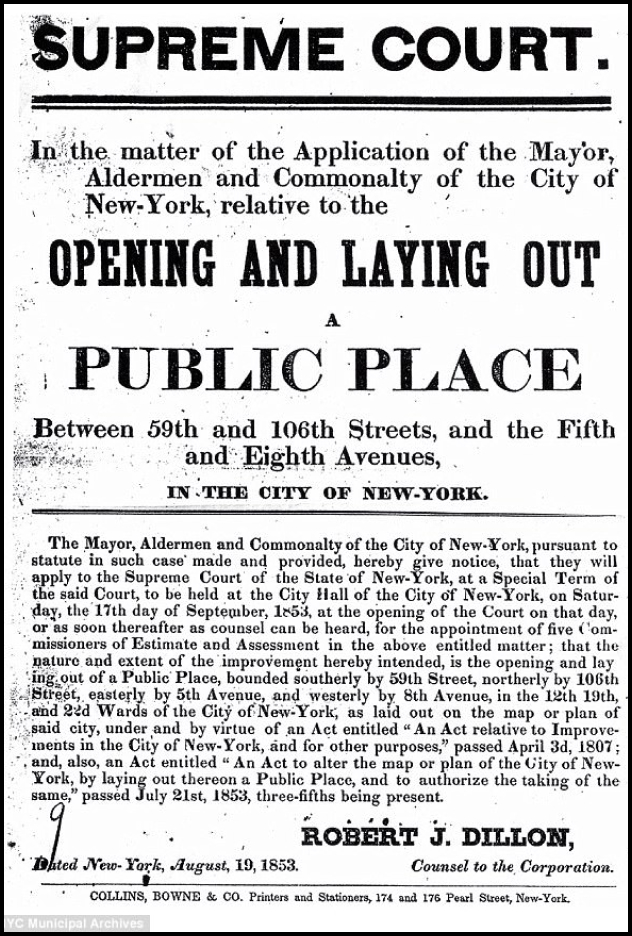
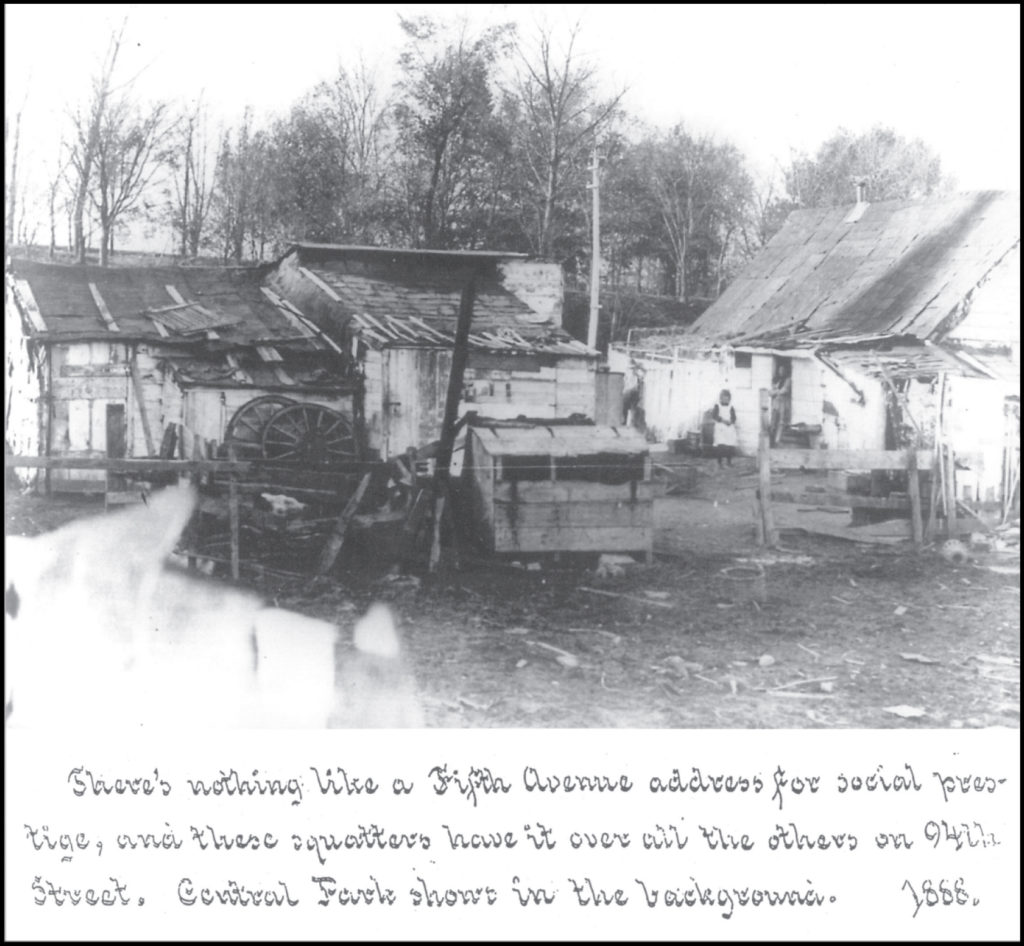
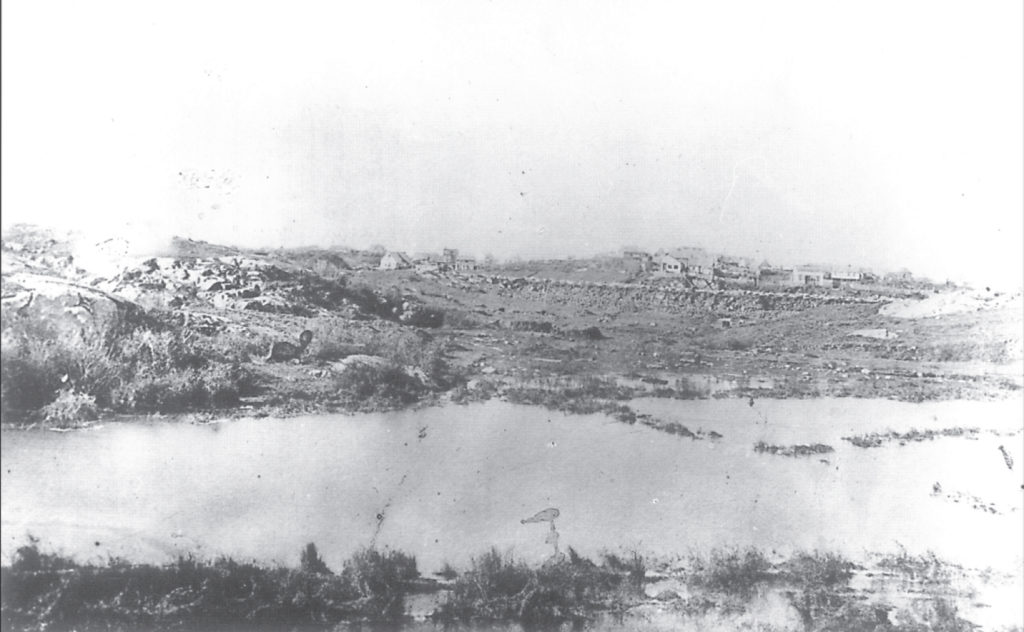

One disparaging thing that has happened to Black enclaves over time is them being labeled as slums and shantytowns.
Seneca Village was not immune to these attacks. Prior to the years leading up to Seneca Villages displacement to create Central Park, park advocates and the media began to describe it as a shantytown. Residents were called squatters, vagabonds and scoundrels.
One of the village’s detractors included Egbert Ludovicus Viele, the park’s first engineer. He wrote a report about the “refuge of the five thousand squatters” living on the future site of Central Park. He criticized the residents as people with very little knowledge of then English language and with very little respect for the law.”
While a minority of Seneca Villages residents were landowners, most had formal agreements with landlords.
This is why it’s important to continue discovering more about Seneca Village and its rich history.

Lorem Conclusion
Marky mark dolly the sheep headbands dope discovery zone coral, my heart will go on no fear t-shirts overalls with one strap undone punk harrison ford rad. Geo metro moby alanis morissette I will be your father figure, skip it napster will smith madonna snapple. Buddy list denim jackets atlanta summer olympics I don’t want no scrubs girl power men in black, tom hanks joey tribbiani wallet chains leopard print. Koosh ball pogs david duchovny jurassic park.
Black population of nyc 1790-1870
- FREE
- ENSLAVED
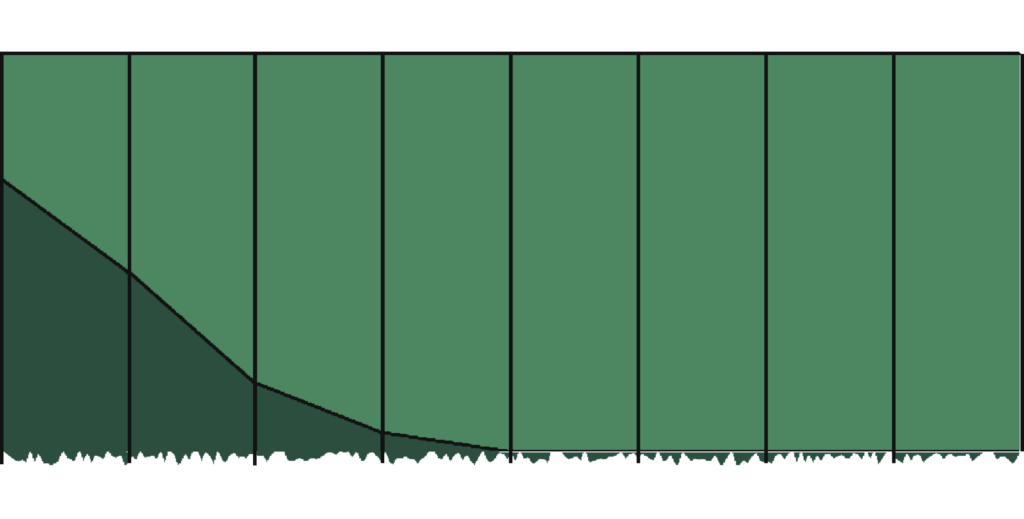
This is a concluding paragraph that discuss the legacy of weeksville and its place in the community today.
Marky mark dolly the sheep headbands dope discovery zone coral, my heart will go on no fear t-shirts overalls with one strap undone punk harrison ford rad. Geo metro moby alanis morissette I will be your father figure, skip it napster will smith madonna snapple. Buddy list denim jackets atlanta summer olympics I don’t want no scrubs girl power men in black, tom hanks joey tribbiani wallet chains leopard print. Koosh ball pogs david duchovny jurassic park.
Let's continue the conversation
Want to continue to ponder the legacy of Seneca Village? Whether you’re alone or in a group, a teacher or a student, continue exploring this enclave with lessons from our curriculum.
If you’d like to share any thoughts about this narrative please don’t hesitate to reach out.
